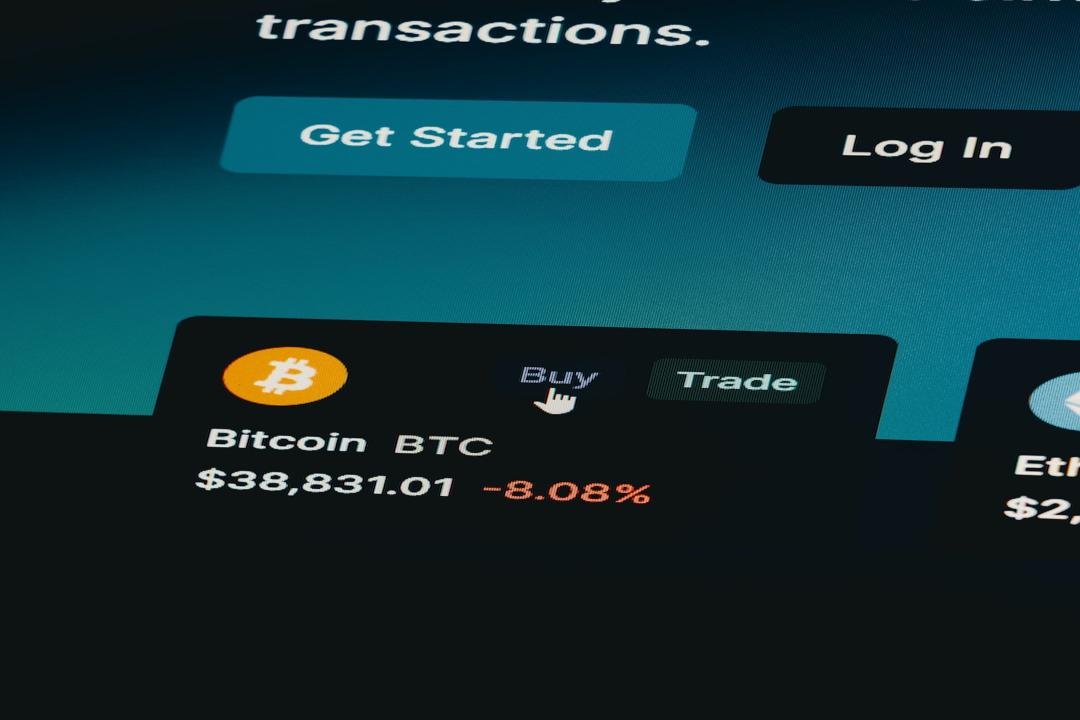Disclaimer: The opinions and perspectives expressed in this article are solely those of the author and do not necessarily reflect the views of the editorial team at crypto.news.
The web3 gaming industry is at a crucial turning point. Despite the vast potential of decentralized gaming and digital ownership, the current emphasis on browser-based PC gaming represents a missed opportunity that could push it to the sidelines as mobile gaming continues to dominate. To elevate web3 gaming to the level of its web2 counterparts, it is imperative to bridge the gap with mobile gaming.
Consider this: can you name a successful mainstream browser game? Chances are, you can’t. The reality is that even the most popular web3 games today fall short compared to the giants of mobile gaming. A game with a million players or downloads would be a triumph in web3, but a mere blip in the mobile gaming world.
Statistics reveal a stark contrast: in 2022, mobile games held a staggering 50% share of the global gaming market, while browser PC games, the primary platform for web3, accounted for only 17%. This disparity highlights the failure of the web3 gaming industry to tap into the mobile gaming revolution, a misstep that could have dire consequences if not rectified.
Without intervention, web3 gaming risks becoming a mere sideshow overshadowed by the success of mobile gaming giants. The balance of power in the web2 realm, where mobile gaming reigns supreme, will inevitably influence the web3 landscape. The question is whether the industry will adapt or be left behind.
To thrive in the mobile gaming era, the web3 gaming industry must prioritize the development of mobile infrastructure. Developers need blockchain-agnostic components that seamlessly integrate blockchain technology into mobile games without compromising the user experience. These components should handle asset management, transactions, identity solutions, and cross-chain interoperability.
Failure to provide these resources will impede the growth and relevance of web3 gaming. Without a compelling mobile presence, the industry will struggle to attract a large user base crucial for long-term success and innovation. It risks being relegated to a niche segment of the gaming world, overshadowed by mobile gaming giants.
The mobile gaming market is massive, exceeding $184.4 billion in 2022 and projected to reach $775.69 billion by 2032. To seize this opportunity, the web3 gaming industry must shift its focus from browser games to mobile, embracing the platform that drives the gaming ecosystem globally.
The roadmap is clear: web3 gaming must embrace the mobile gaming revolution or risk falling behind. Developers, investors, and industry leaders must prioritize robust mobile infrastructure to empower developers in creating captivating decentralized gaming experiences that resonate worldwide. By embracing mobile gaming, web3 gaming can lead the charge in gaming innovation and unleash its transformative potential in the industry.
Author: Corey Wilton
Corey Wilton is the co-founder and CEO of Mirai Labs, an international Web3 gaming studio based in Vietnam. Mirai Labs’ debut release, Pegaxy, was recognized as the second most popular crypto project in the Philippines in 2022, surpassing major cryptocurrencies like Ethereum and Bitcoin. A prominent speaker and thought leader in play-to-earn, he ventured into the crypto space in 2018 with a customer support company catering to ICO companies.

